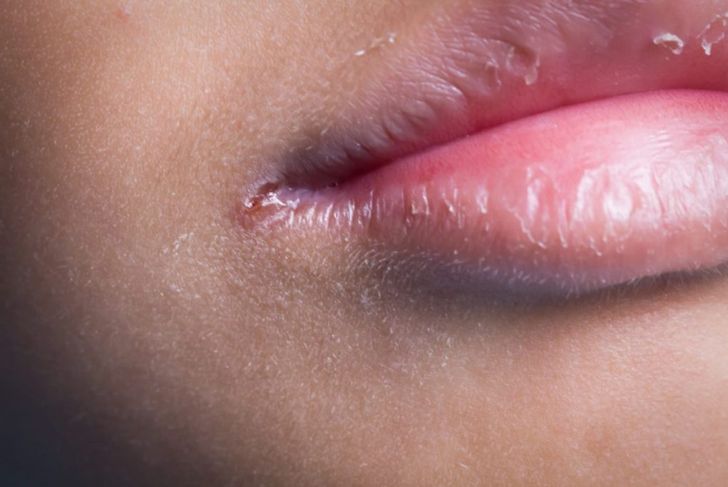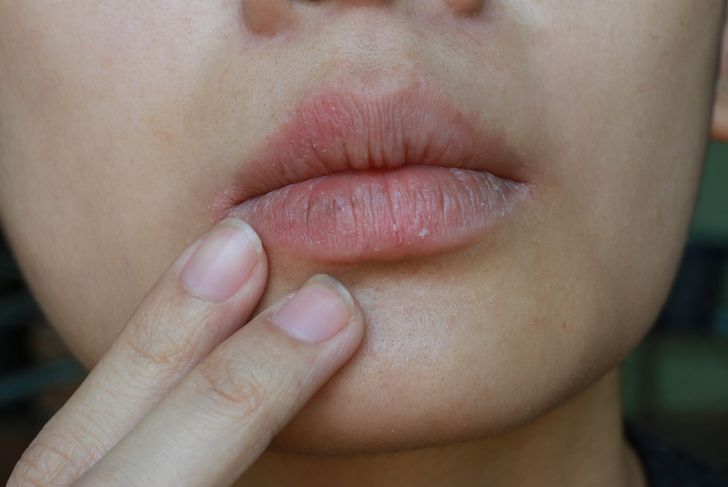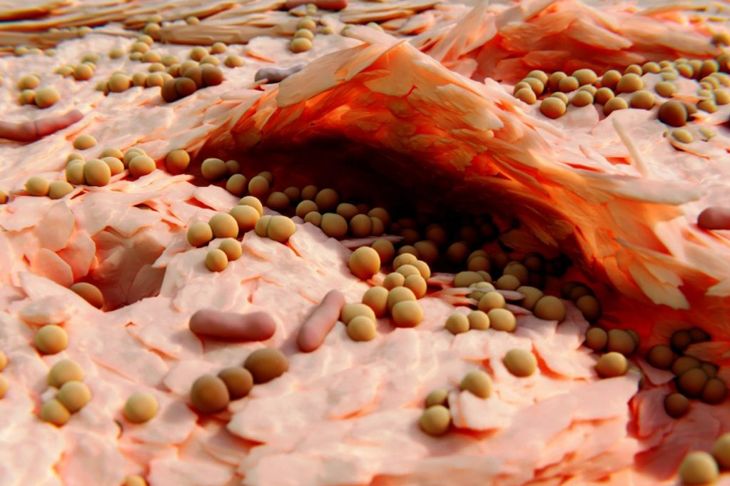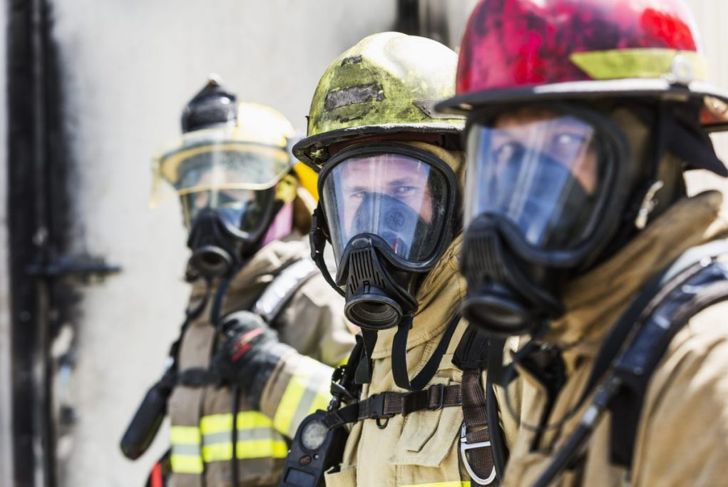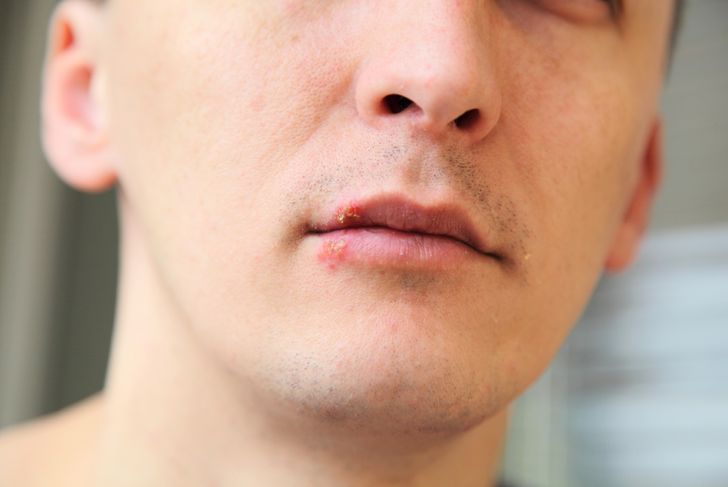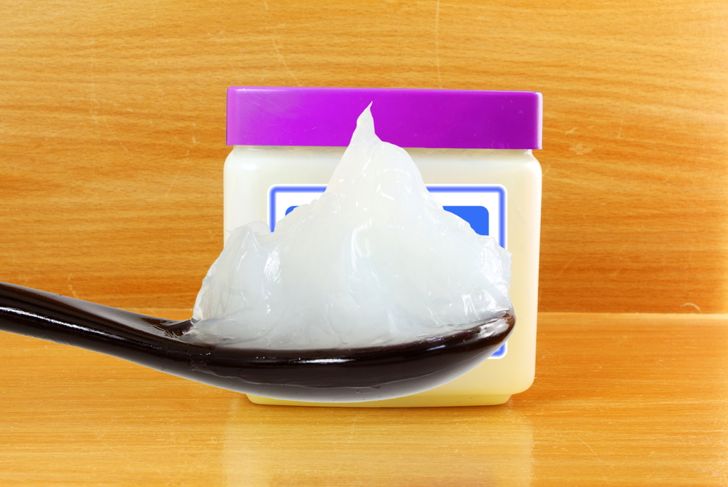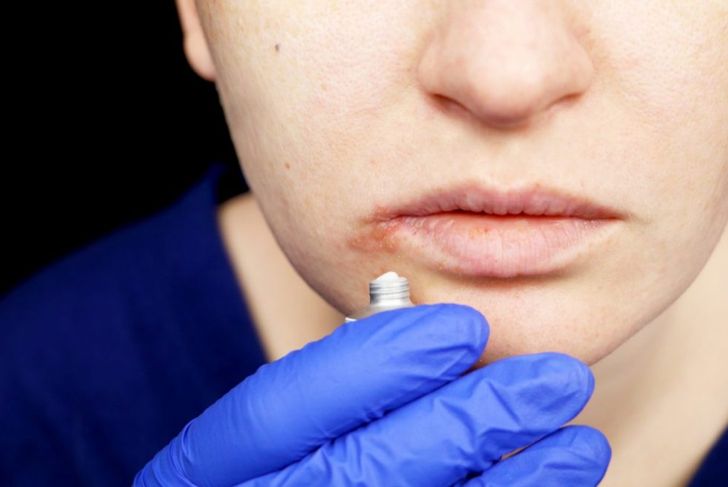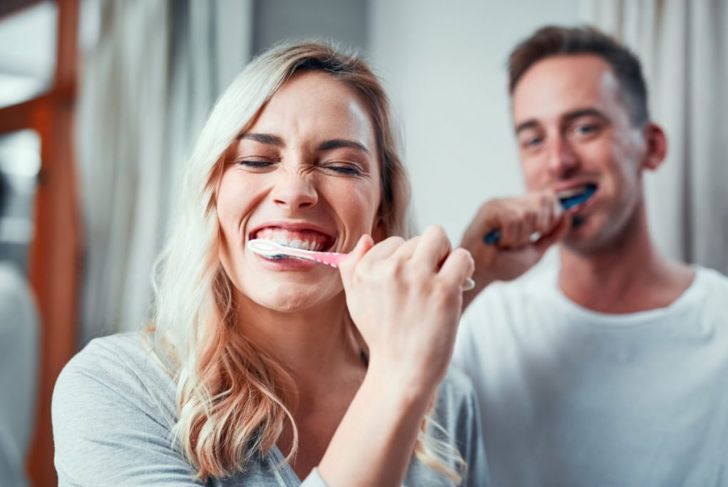Angular cheilitis is a fairly common condition that causes inflammation in the corners of the mouth. More than 200,000 people each year contract some form, and all demographics are equally susceptible, though some risk factors can increase one’s risk. Fortunately, angular cheilitis is curable and has many treatment options.
How Does Angular Cheilitis Begin?
In some cases, angular cheilitis can develop spontaneously, but it usually develops due to excess saliva at the corners of the mouth. Repeatedly licking the lips to remove this excess can cause both non-infectious and infectious angular cheilitis. However, even failing to remove buildups of saliva can cause the condition.
Non-infectious Causes of Angular Cheilitis
Licking the lips to remove excess saliva dries out the area, which prompts more saliva, perpetuating a cycle. After a while, the area becomes cracked and dry, causing irritation and inflammation, as well as ulcers. This is an example of non-infectious angular cheilitis, which can also be caused by nutritional deficiencies, sun exposure, poor-fitting dental appliances, or contact allergies. People with dermatitis, anemia, or abnormal skin folds that allow saliva to collect may also experience this type.
Infectious Causes of Angular Cheilitis
Saliva contains microorganisms that are helpful when inside the mouth but can be detrimental elsewhere. Licking the lips moves these microorganisms to the outside of the mouth, and if the skin is cracked, they can collect here and colonize, becoming the bacteria Staphylococcus or the fungus Candida. Both these infections can cause angular cheilitis.
Environmental Risk Factors
Risk factors include anything that causes an excess of saliva to form. Wearing masks for work is among the most likely environmental causes, as well as badly fitted dental hardware such as braces or dentures. Pacifier use is the highest risk factor among children.
Other Risk Factors
Angular cheilitis is very common among people with HIV. People with Down syndrome are also at greater risk. In addition, those who have undergone substantial weight loss have a high risk of developing angular cheilitis if loss of weight in the face has caused folds of skin around the mouth.
Symptoms of Angular Cheilitis
Symptoms of angular cheilitis can last for several days, but severe cases can persist for years. The corners of the mouth become red and the skin becomes cracked and crusty as it breaks down. These signs are itchy and painful, and people usually report a burning sensation. Sores and ulcers may develop, and dried cracks may bleed. Often, the lips are also dry and cracked.
Diagnosing Angular Cheilitis
If a person or their doctor suspects angular cheilitis, the physician will review one’s medical history in search of illnesses such as anemia or an immunodeficiency disease. Swabs of the mouth can determine the patient’s dental health, and the professional will pose questions about lifestyle — such as whether the patient uses a mask at work. A microbiological swab can determine if a microorganism is involved.
Treatment of Non-Infectious Angular Cheilitis
Treatment of non-infectious angular cheilitis depends largely upon the cause. If excessive saliva is to blame, petroleum jelly or other softening agents can help keep the corners of the mouth lubricated. Inadequate dental hardware should be filed or replaced. Diet can address nutritional deficits. Whatever the cause, proper oral hygiene can prevent the condition from worsening.
Treatment of Infectious Angular Cheilitis
If the colonization of microorganisms is the cause of angular cheilitis, the doctor will usually prescribe pharmaceutical treatments including topicals such as antibacterial or anti-fungal ointment. This ointment will be applied regularly until the infection has healed, and may need to be placed on problematic dental appliances, as well.
Prognosis for Angular Cheilitis
Though painful, the prognosis for angular cheilitis is positive. Treatments have excellent success rates, and invasive surgical procedures are not required in almost every case. Ideally, however, people will prevent the condition from developing in the first place by practicing good oral hygiene and treating causes of excess saliva promptly, before dried and cracked skin can develop.

 Home
Home Health
Health Diet & Nutrition
Diet & Nutrition Living Well
Living Well More
More